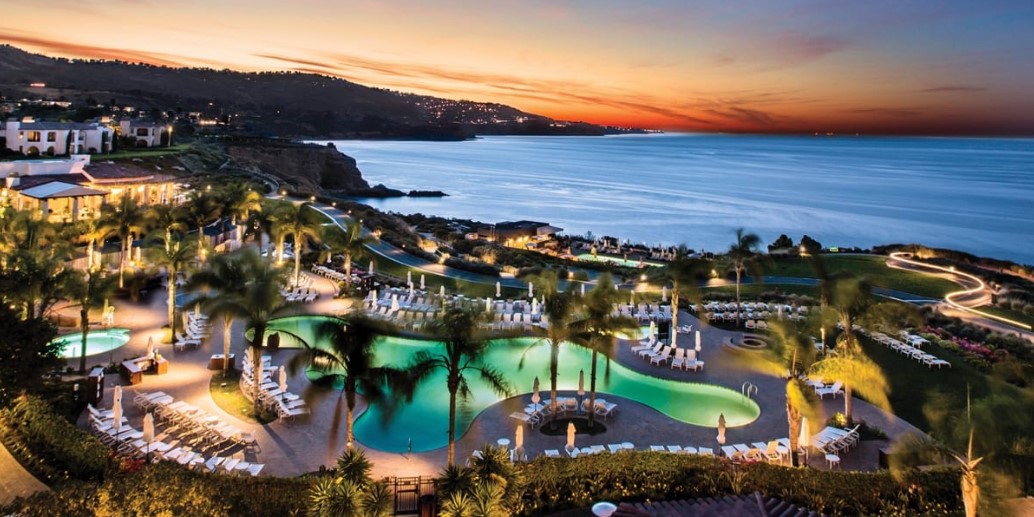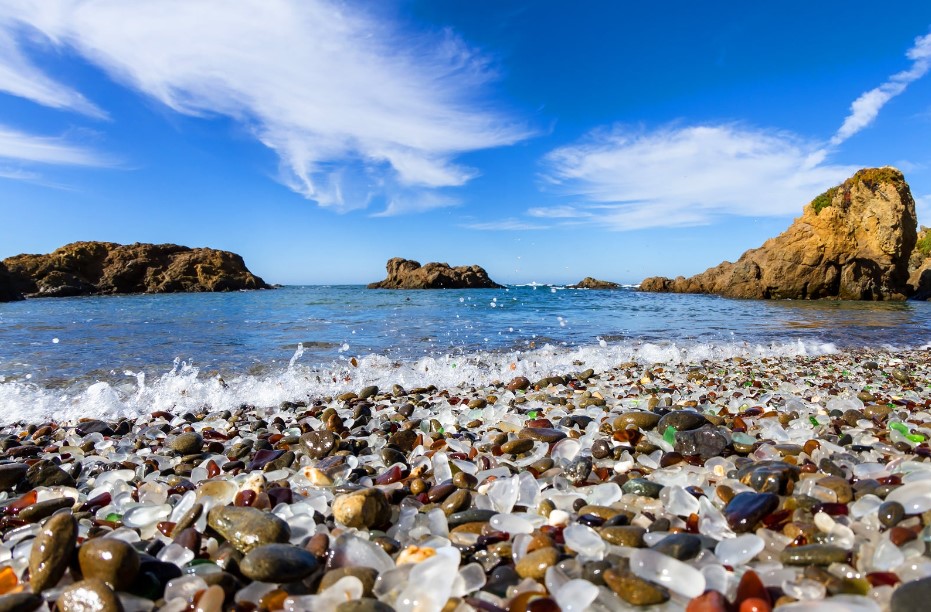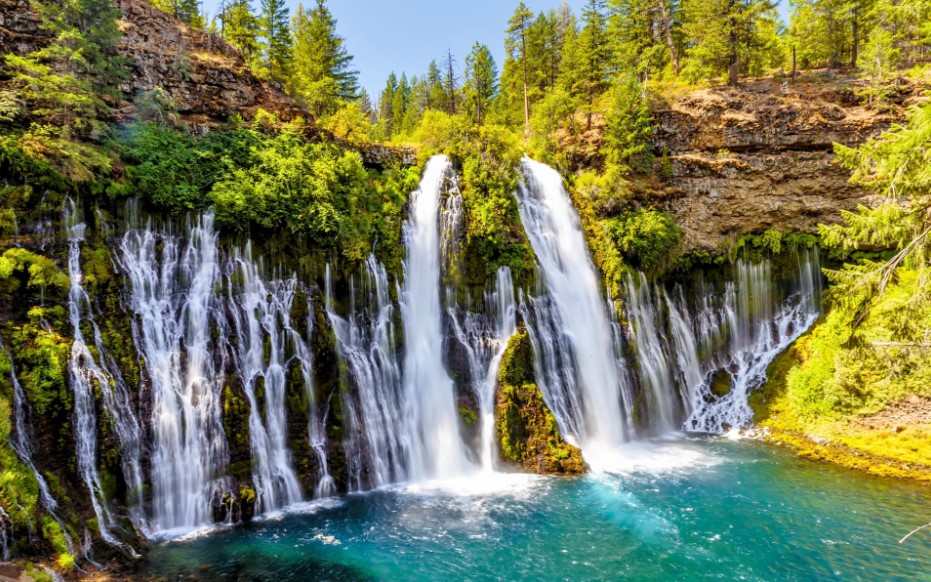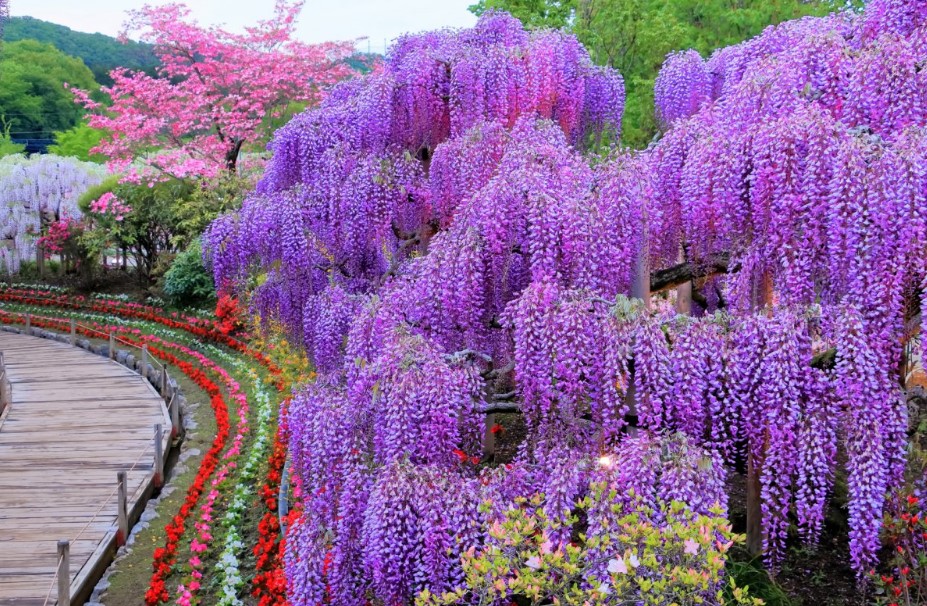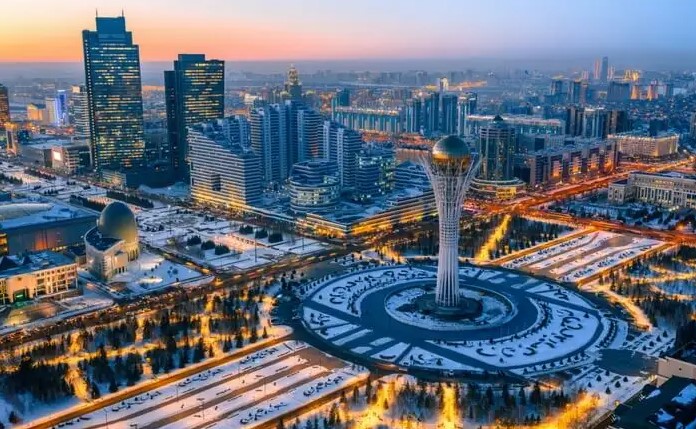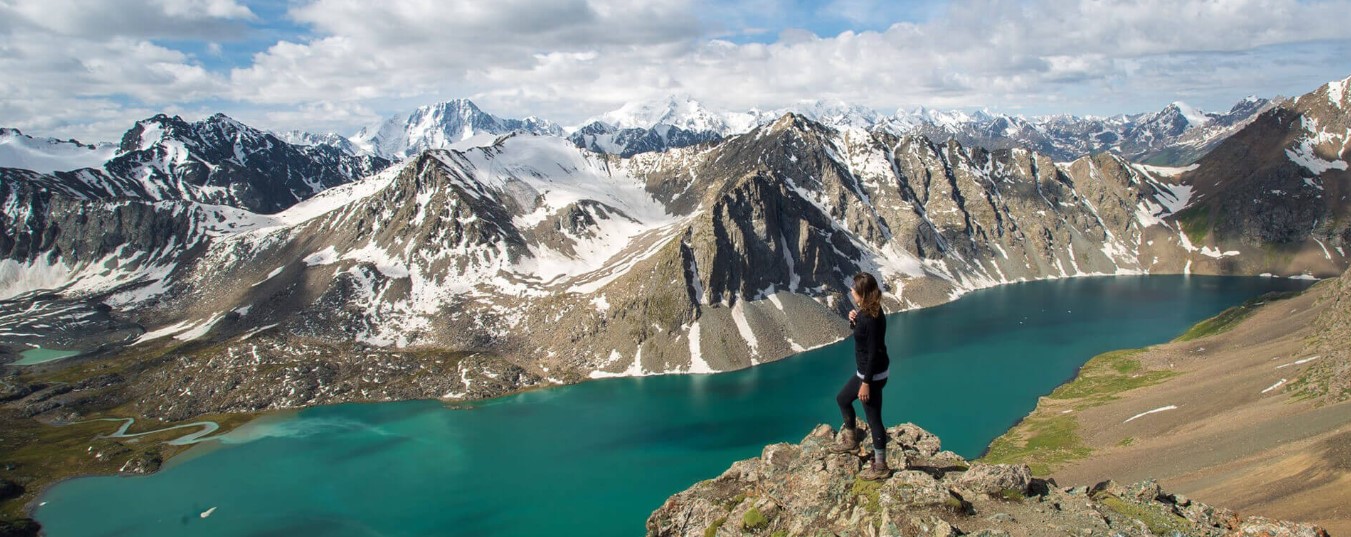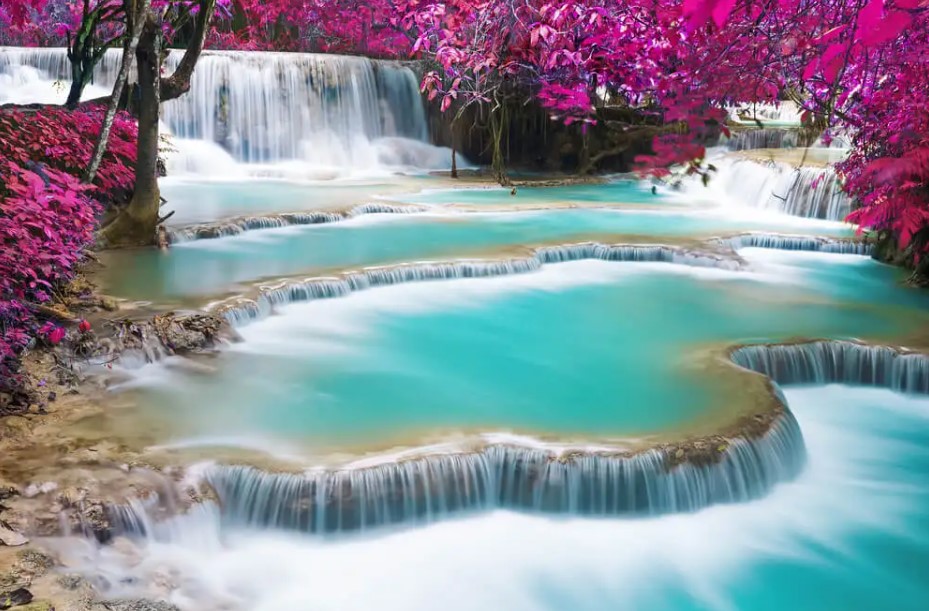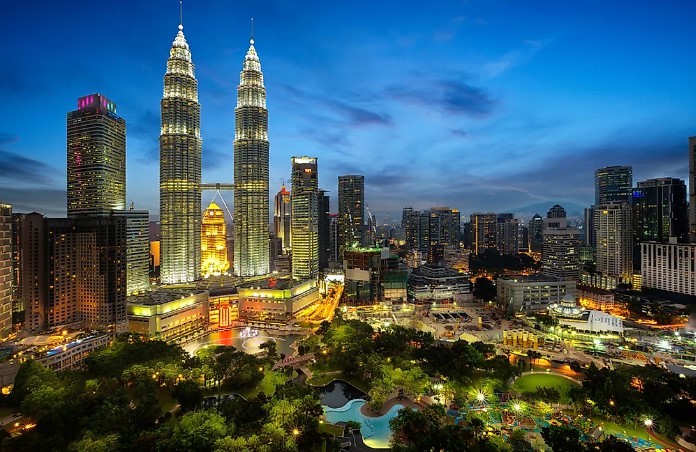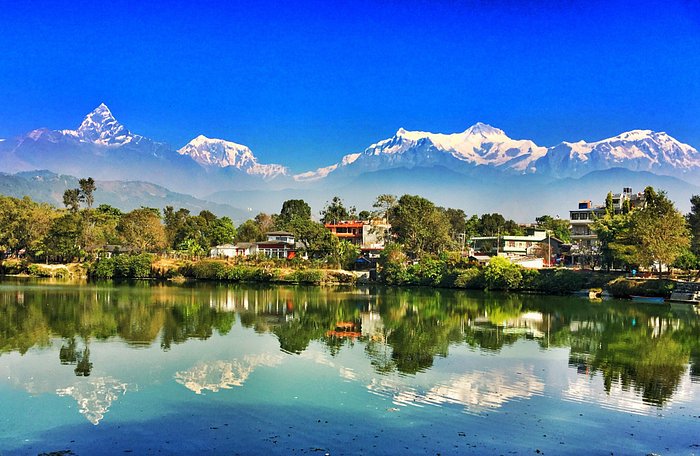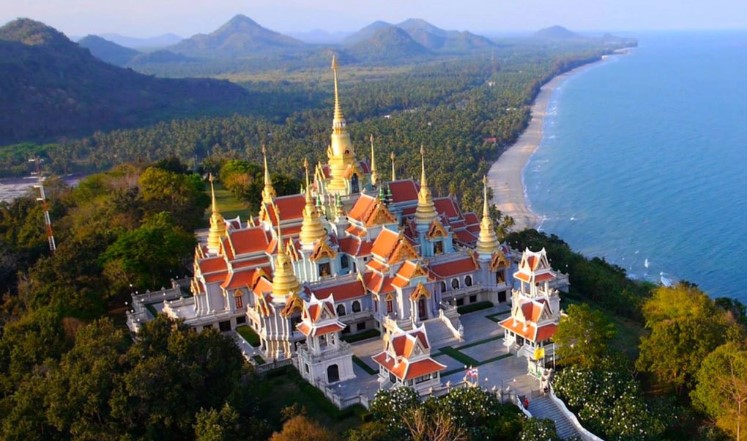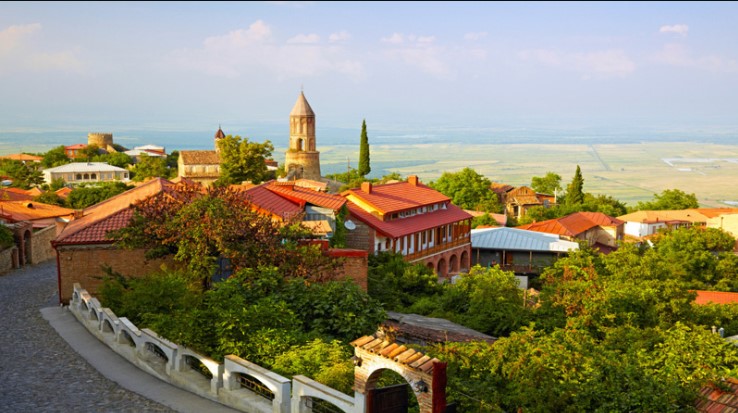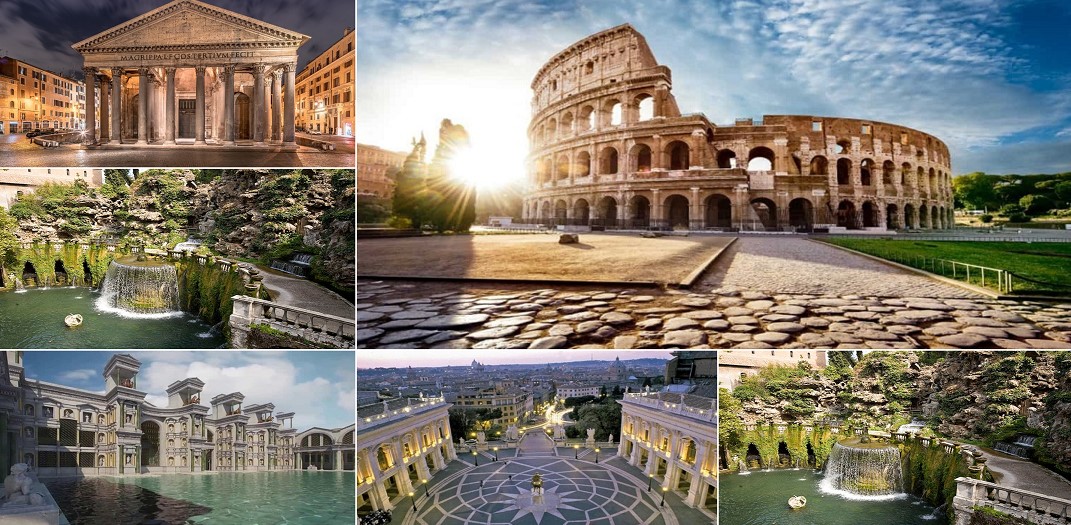Nepal, a country of immense diversity, never fails to captivate visitors for various reasons. The allure of its majestic mountains entices adventure seekers, urging them to embark on thrilling climbs and treks in the Himalayas. Others are enchanted by the rich cultural tapestry and the renowned city of Kathmandu, while some arrive with the hope of attaining spiritual enlightenment. Nepal offers a medley of adrenaline-fueled adventures, eye-opening cultural encounters, and transformative experiences that leave an indelible mark on one's soul.
A typical travel itinerary begins with exploring the sacred and historic attractions in Kathmandu before venturing into other regions of the country. Beyond the bustling capital, there are several noteworthy destinations to visit. Chitwan National Park and Bardiya National Park beckon wildlife enthusiasts, offering captivating opportunities for wildlife viewing. For those seeking a serene retreat, the lakeside town of Pokhara is an ideal gateway to embark on mesmerizing treks.
Nepal caters to trekkers of all kinds, boasting a diverse range of options throughout the country. The Everest, Annapurna, and Langtang regions are of paramount importance, providing awe-inspiring landscapes and unforgettable trekking experiences.
In 2015, Nepal was struck by a devastating earthquake that caused extensive damage in Kathmandu and its surrounding areas. While restoration efforts are still ongoing, Nepal's pace of progress can be described as both perplexing and unpredictable. Some areas have witnessed significant advancements, while others have lagged behind. Nevertheless, considerable strides have been made in repairing the major landmarks, although regrettably, some irreplaceable historical treasures were lost forever.
01. Kathmandu
Kathmandu, the capital and largest city in Nepal, possesses a unique charm that sets it apart from any other city in the world. Amidst the decaying buildings that dot the city center, a vibrant atmosphere fills the streets. The scent of incense wafts through the air from local stores, while street vendors enthusiastically showcase their wares. People go about their daily lives amidst the backdrop of historic temples and intricately carved statues.
For centuries, Kathmandu stood as one of the three rival royal cities, alongside Bhaktapur and Patan. Situated in close proximity to each other, these cities have now grown together, their boundaries blending.
The crown jewel of Kathmandu has always been Durbar Square, the largest among the palace squares in the three royal cities, and a distinguished UNESCO World Heritage Site. Durbar Square boasts a multitude of temples and monuments, each displaying unique shapes, sizes, architectural styles, and religious significance.
Although Durbar Square in Kathmandu suffered severe damage during the devastating 2015 earthquake, with many buildings left beyond repair, it remains a place of profound allure and significance for visitors to explore.
02. Bhaktapur
Bhaktapur, known as the third "Royal City," lies on the ancient trade route to Tibet, just outside Kathmandu. The trade route served as both an essential link and a source of great wealth for Bhaktapur. Due to its relative isolation during that era, the city developed independently, showcasing distinct characteristics that set it apart from its counterparts.
Unlike Patan and Kathmandu, the majority of Bhaktapur's population adheres to the Hindu faith. The ideal starting point for exploring the city is Durbar Square, where one can marvel at not only the royal palace but also numerous temples. The entirety of this area is designated as a UNESCO World Heritage Site.
The 2015 earthquake caused significant damage to many buildings in Bhaktapur's Durbar Square. While efforts are underway to fully restore the main temples, some structures within the complex still lie in ruins. Initially funded by UNESCO, the restoration work faced threats against its workers, leading to the agency's withdrawal in 2019. The responsibility for the project has since been handed over to the Nepali Department of Archaeology, but progress remains slow.
03. Boudhanath Stupa (Bodhnath)
The Boudhanath Stupa, located just outside Kathmandu, stands as one of the world's largest stupas and dates back to the 6th century, or possibly even earlier. Like Bhaktapur, it sits along the historical trade route to Tibet and holds the distinction of being a UNESCO World Heritage Site.
The stupa itself symbolizes enlightenment, and at Boudhanath, its symbolism is particularly profound. Each unique shape of the stupa represents one of the five elements—earth, water, fire, air, and sphere—which also correspond to the attributes of the five Buddhas. Together, these elements merge into the form of the stupa, reflecting the abstract structure of the universe.
04. Pokhara
Pokhara is a captivating city located at the foothills of the majestic Dhaulagiri, Manaslu, and Annapurna I mountains. It stands out as one of the most scenic cities in Nepal, offering breathtaking views. This picturesque city serves as the gateway to the Himalayas and is the starting point for treks to Jomsom and the renowned Annapurna region. Whether you are preparing for an adventurous hiking trip or seeking a peaceful escape, Pokhara is an ideal destination.
As the second largest city in Nepal, Pokhara retains a sense of tranquility that sets it apart from bustling Kathmandu. The moment you arrive from Kathmandu, situated 200 kilometers to the east, you will immediately notice the refreshing air and pleasant climate. To unwind and relax, head to Lake Phewa, which is surrounded by a cluster of lakeside hotels, restaurants, and shops. It offers the perfect setting for a moment of tranquility and rejuvenation.
05. Annapurna Region
For those seeking an unforgettable trekking experience, the Annapurna Region is a must-visit destination. This region is renowned for its diverse trekking options, ranging from a few days to several weeks. The intersecting routes in the Annapurna Region allow trekkers to choose their preferred path and explore the stunning landscapes. The trails are well-marked and easy to navigate, ensuring a rewarding trekking experience.
The Annapurna Circuit, often referred to as the "Apple Pie Circuit," is a highly popular route that encircles the majestic Annapurna Mountain. This challenging trek takes approximately 21 days to complete and offers an opportunity to immerse oneself in the breathtaking scenery. Along the way, trekkers can relish the delightful experience of savoring various versions of fried apple pie served at the teahouses.
Another popular trekking destination in the Annapurna Region is the trek to Poon Hill, located near Ghorepani. This trek is often combined with the Annapurna Circuit and allows hikers to witness a mesmerizing sunrise while enjoying panoramic views of Dhaulagiri, Annapurna South, Machapuchare, and Singa Chuli.
For those seeking a shorter trek, the Annapurna Sanctuary is a perfect choice. Nestled between the peaks of Annapurna, this sanctuary can be reached in five days and offers a tranquil retreat amidst the awe-inspiring mountains. Along the way, trekkers pass through Muktinath, a captivating destination that has gained popularity in its own right. The Muktinath route runs through the Kali Gandaki Valley, providing a unique cultural experience. Further north lies Mustang, a region that remained hidden from tourists until 1992 and boasts its own intriguing cultural heritage.
The Annapurna Region, located north of Pokhara, offers a diverse landscape that showcases the dramatic contrasts of Nepalese countryside. From the lush subtropical vegetation of the Pokhara Valley to the arid rain shadow area resembling the Tibetan plateau, the region captivates with its natural beauty. Additionally, the people and cultures in this region exhibit distinct characteristics, including variations in facial features, cuisine, architectural styles, lifestyles, customs, and religious practices.
Recognizing its significance, the Annapurna region was declared a protected area in 1986. The region boasts excellent infrastructure to accommodatevisitors and trekkers, ensuring a comfortable and memorable experience. The trails are well-maintained, and there is an abundance of food and lodging options along the way.
06. Chitwan National Park
For a different side of Nepal, visit Chitwan National Park. Located at a relatively low altitude of 100 meters, Chitwan offers a tropical monsoon climate, which is distinct from the rest of Nepal. The park is a haven for wildlife enthusiasts, offering incredible opportunities for wildlife viewing and a safari-like atmosphere. Visitors can spot a variety of wildlife, including rhinos, Bengal tigers, leopards, sloth bears, gaurs (buffalo), deer, and a plethora of bird species. Guided tours from the lodges allow visitors to explore the park on foot or on elephants, providing up-close encounters with the magnificent creatures.
Chitwan National Park lies southwest of Kathmandu, near the Indian frontier, and holds a place on the UNESCO list of world cultural heritage sites. The best time to visit Chitwan is from October to February when the average temperatures hover around 25 degrees Celsius (77 degrees Fahrenheit). However, it's important to note that the monsoon season, from June to September, brings frequent and heavy rain.
07. The Langtang Region
The Langtang Region, home to Langtang National Park, is an enchanting destination for hiking enthusiasts. This region offers captivating views of high passes, ancient monasteries, and stunning mountain scenery. During the spring season, the Rhododendron forests in Langtang burst into vibrant blooms, adding a touch of color to the landscape.
Compared to other popular trekking areas in Nepal, the Langtang Region is less developed and less crowded, making it an ideal choice for those seeking a serene trekking experience. Along the route, you will come across villages with guesthouses and food options, although they might be more scattered compared to other regions.
The Langtang Region can be easily accessed from Kathmandu by jeep, with a travel time of around seven to eight hours. On a clear day, the prominent peak of Langtang Lirung (7,245 meters) can be seen from Kathmandu, offering a preview of the breathtaking vistas that await trekkers.
08. Swayambhunath (Monkey Temple)
Swayambhunath, also known as the Monkey Temple, holds a significant place among the shrines in the Kathmandu Valley. Situated on a hilltop to the west of Kathmandu, Swayambhunath is adorned with the iconic Swayambhu Stupa, featuring the omnipresent god's eyes. The temple complex, dating back to the 5th century, holds immense importance for Vajrayana Buddhists of Northern Nepal, Tibet, and the Newari Buddhists of the Kathmandu Valley.
Although the 2015 earthquake caused some damage to the Swayambhunath temple complex, extensive repairs have been completed, restoring the temple to its original glory. This spiritual site offers a serene and enlightening experience, surrounded by the lively presence of the resident monkeys.
09. Everest & the Trek to Base Camp
No visit to Nepal is complete without experiencing the grandeur of Mount Everest. The trek to Everest Base Camp is a popular choice for trekkers and adventurers who seek to witness the world's highest peak up close. The region gained popularity following the historic first ascent of Mount Everest in 1953.
While reaching the summit of Mount Everest is a formidable challenge, trekking to Everest Base Camp allows you to soak in the awe-inspiring surroundings and catch a glimpse of the mighty peak. The Everest Region may not be the most visually striking area in Nepal, but the allure of Everest itself attracts climbers and trekkers from around the world. There are multiple routes and trip options to access base camp, catering to different preferences and durationsof the trek.
Various trekking companies offer guided hikes, both Nepalese and Western-based, providing trekkers with expert guidance and support. It is also possible to hire a private guide or porter if you prefer a more independent trekking experience. It's worth noting that all trekkers are technically required to have a guide for safety purposes.
The best times to embark on the Everest Base Camp trek are during the spring (March to May) and fall (September to December) seasons. These periods offer stable weather conditions and clear views, enhancing the overall trekking experience. However, if you prefer a more relaxed approach and still want to catch a glimpse of Mount Everest, you can visit the hill town of Nagarkot near Kathmandu. On clear mornings, hotel staff will notify guests if the world's highest peak is visible, providing a convenient alternative for those who prefer not to trek.
10. Bardiya National Park
Bardiya National Park is another hidden gem in Nepal that offers a unique wildlife experience. Located in the western part of the country, Bardiya National Park provides an opportunity to encounter diverse wildlife in their natural habitat. The park is home to numerous species, including tigers, elephants, rhinos, deer, and an array of bird species. Exploring the park through guided tours allows visitors to witness the rich biodiversity and immerse themselves in the untouched wilderness.
To delve into the wonders of Nepal, visit the enchanting cities of Pokhara and Kathmandu, embark on a trek in the Annapurna or Langtang Region, experience the spirituality of Swayambhunath, and catch a glimpse of the mighty Mount Everest. Each destination offers its own unique charm and adventure, ensuring an unforgettable journey in the heart of the Himalayas.
11. Lumbini
Lumbini, renowned as the birthplace of Siddhartha Gautama, the historical Buddha, also known as Buddha Shakyamuni, holds immense significance. Located approximately 250 kilometers away from Kathmandu, Lumbini presents an enticing detour on the journey from Pokhara to the Chitwan National Park.
In this sacred pilgrimage town, designated as a UNESCO World Heritage Site, a profound sense of tranquility permeates the atmosphere. The majority of visitors are Buddhist pilgrims from various corners of the globe, retracing the footsteps of the Buddha through the significant landmarks of his life. The Maya Devi Temple, dedicated to the mother of Buddha, stands as a testament to his birth. It houses an ancient stone relief from the 2nd century AD that depicts the auspicious moment of his arrival into the world.
12. Helambu Trek
The Helambu region is a sought-after destination for trekking enthusiasts, especially favored by trekking companies offering guided expeditions. Its proximity to Kathmandu, moderate elevation, and breathtaking mountain vistas contribute to its popularity.
However, despite being often portrayed as an easy trek, many individuals embarking on organized tours find it more demanding than anticipated. The Helambu Trek, while not reaching the soaring heights of other treks, still requires considerable physical endurance, and trekkers should ensure they are in good shape. Nevertheless, the journey rewards adventurers with captivating landscapes, particularly during March and April when the rhododendron trees are in full bloom, painting the surroundings with vibrant colors.
The Sherpa community primarily inhabits the Helambu region, nestled in the upper part of the Malechmi Khola valley. The Helambu Trek typically commences in Kathmandu and spans five to eight days, following a circular route that concludes with a repeat of the first day's section. The stark contrast between the lower and upper regions, with their distinct cultures, leaves a lasting impression. Accommodations in the form of lodges and village guest houses can be found along the route.
13. White Water Rafting
Nepal, with its majestic mountains and exhilarating rivers, offers an exceptional destination for white water rafting enthusiasts. Various options are available, catering to different durations and preferences for river adventures.
For travelers seeking a one-day thrill, the Trisuli Rafting Day Trip from Kathmandu is an excellent choice. Unlike many rafting trips that are limited to specific seasons, this adventure is available throughout the year. Upon completing the rafting expedition, you have the option to return to Kathmandu or continue your journey to Chitwan or Pokhara.
For those seeking a more immersive experience and challenging rapids, the Bhote Kosi River stands out as one of the most popular destinations. Bhote Kosi River Rafting trips span two days and offer an intense whitewater experience. From the moment you set off, you will encounter thrilling class IV and V rapids, covering a distance of 25 kilometers. The trip includes an overnight camping experience on the riverbank, complete with meals to replenish your energy.





